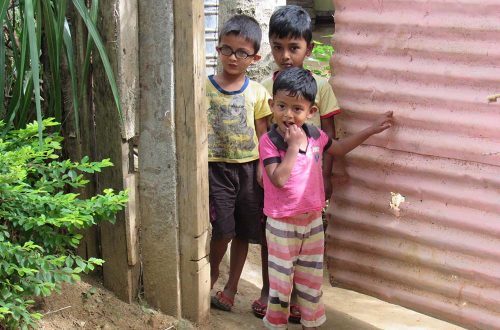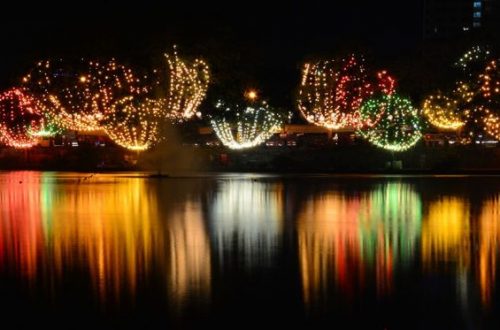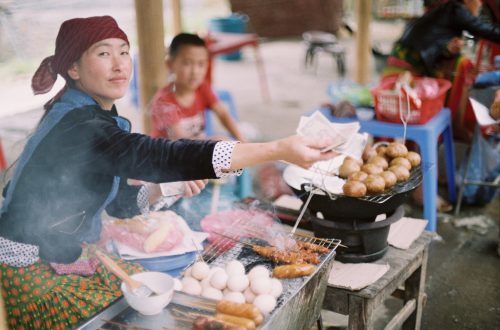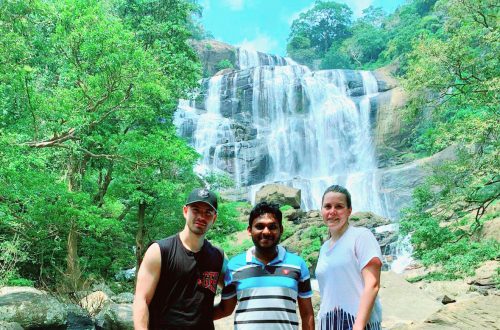Sri Lanka has more than 20 million inhabitants of which 750,000 live in Colombo, the capital. The population is predominantly rural (75%) and even city dwellers have maintained a traditional way of life.
The national languages are Sinhalese and Tamil but Sinhalese is largely predominant in most of the country, about 73.8% of speakers are Sinhalese. English is used in government bodies and is recognized as a “link” language in the constitution. However it is mastered at a high level of competence by only 10% of the population. Today the three languages are taught from the primary level.
If several languages coexist in Sri Lanka it is the same for religions. The island is remarkable for its religious diversity, here the differences are respected and religions cohabit rather peacefully, although some tensions are maintained by Buddhist extremists. However, it is not uncommon to see in the same street a Buddha statue and a church or a Hindu temple and a mosque. Also, it is clear from the number of places of worship and the countless religious festivals held throughout the year, that religion holds a very important place in the Sri Lankan culture. Religion is generally the origin of the different communities of the island; the four main religions are Buddhism, Hinduism, Islam and Christianity.
Buddhism
Buddhism is the predominantly majority religion in Sri Lanka, over 70% of the population is Buddhist. On the island, Buddha statues as well as Dagobas and temples are innumerable.
Buddhists are mostly Sinhalese; however a Sinhalese community on the west coast north of Colombo is Catholic.
UNESCO World Heritage Sites such as the famous Dambulla Temple Caves as well as the remains of the ancient cities of Anuradhapura and Polonnaruwa attest to the importance of Buddhism in Sri Lanka for centuries. It is in the 3rd century BC. J.-C that Buddhism would have been introduced to Sri Lanka by the emissaries of the Indian emperor Ashoka. It would then have developed and rooted thanks to the conversion of the Sinhalese king, Devanampiya Tissa.
For Buddhists, full moon days, called “poya”, are sacred days. These are holidays in the Sri Lankan calendar during which ceremonies and religious holidays are celebrated. The most famous festivities are Vesak, the May Festival of Lights, Poson in June, which celebrates the introduction of Buddhism in Sri Lanka, and the famous and lavish Esala Perahera in Kandy between July and August. The “Peraheras”, “processions” in Sinhalese, are numerous but that of Kandy is particular because it takes place in honor of the very venerated and protected relic of the tooth of Buddha, kept in the famous Temple of the Tooth.
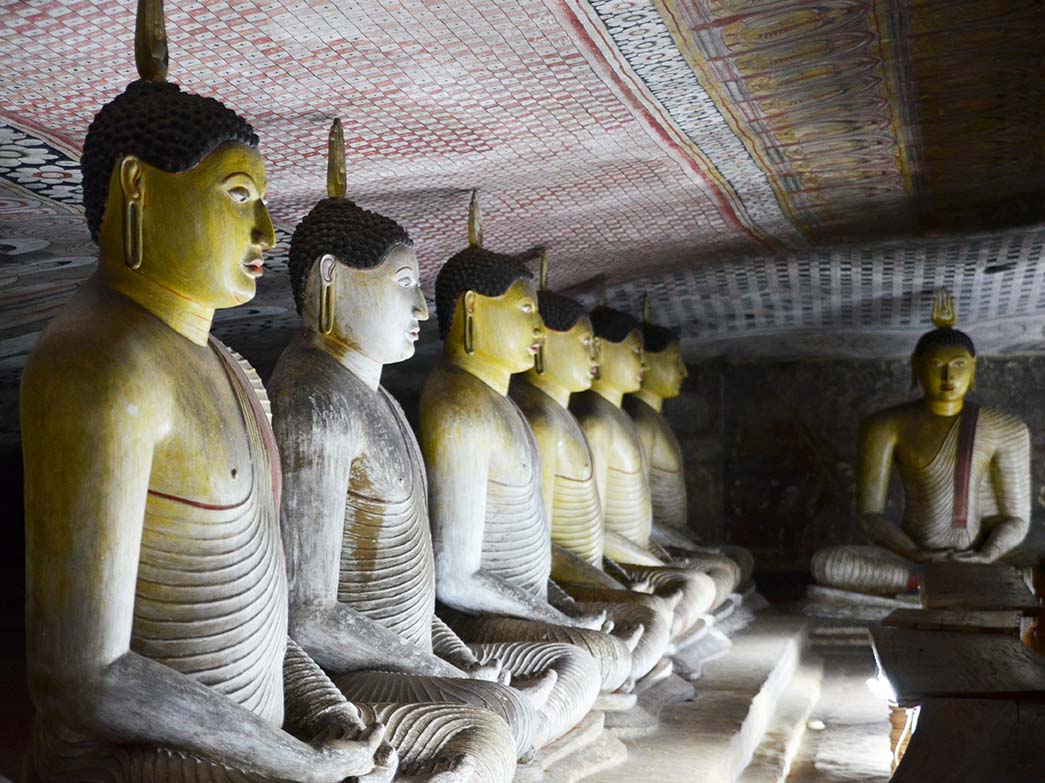
Hinduism
Originally from neighboring India, the Hindu religion arrived in northern Sri Lanka from the Tamil kings of South India.
Hinduism is the religion of most Tamils (although a Tamil community in the north of the country is home to Christians) and this religion now accounts for about 12 percent of the Sri Lankan population. The Hindu community is mainly concentrated in the North and East of the island; it is also there, in Jaffna and Trincomalee in particular, that we find the most impressive temples, even if we can see beautiful colorful temples throughout the country. The Hindu religion is also present in the region of tea plantations where, in the nineteenth century, Tamils were sent to work. Sometimes, in small villages Hindu and Buddhist temples are one and the same place.
The most important religious holidays for Hinduists are “Thai Pongal” in January, a celebration during which the faithful thank the gods for the fertility of nature, the New Year in April and “Deepavali” the Festival of Lights in November.
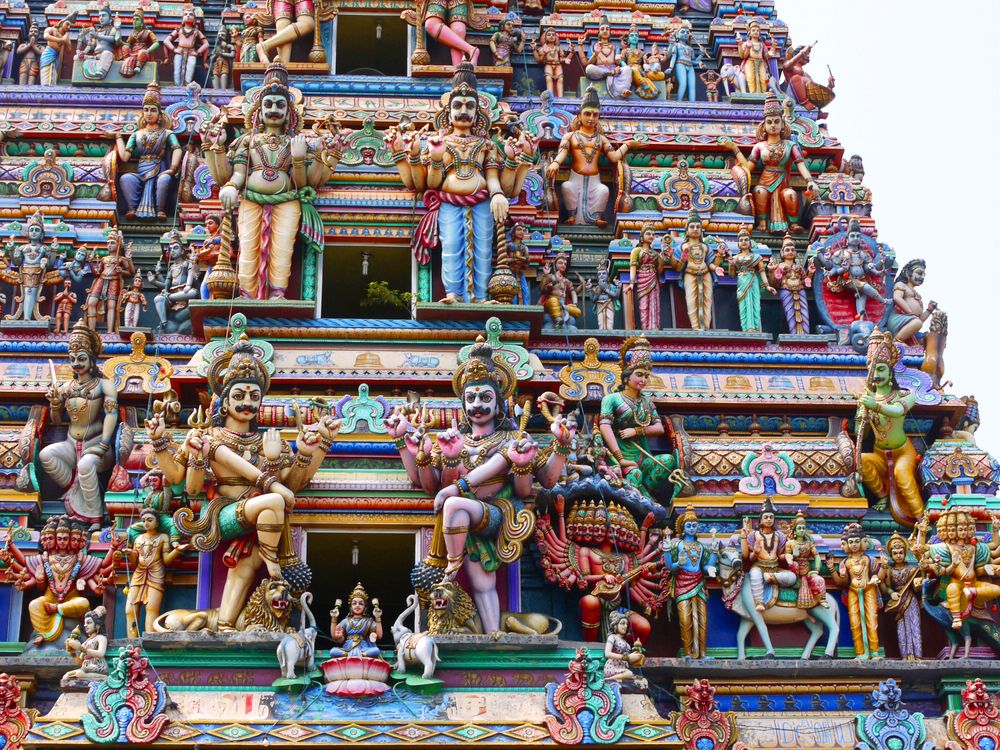
Islam
Islam is practiced by about 7% of the Sri Lankan population. The Muslim religion was introduced by Arab settlers who were among the first nations to trade with Sri Lanka. It was from the eighth century that they created counters on the entire west coast of this territory at the end of the world, they had named “island of ruby”.
Today the Muslim religion is very well represented in Sri Lanka and many Koranic schools exist. The mosques are also abundant, there are about 5000 in Sri Lanka, including the very impressive Jami Ul Alfar Mosque in the heart of Colombo in Pettah, which dates from 1909.
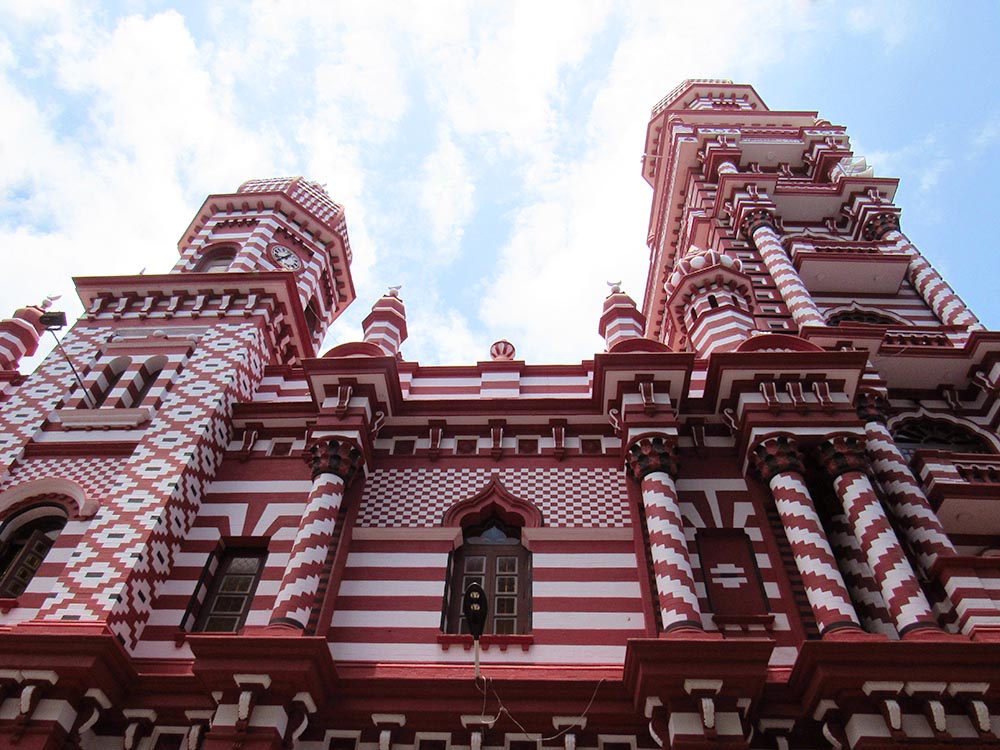
Christianity
Christians represent only 6% of the Sri Lankan population. Christians are found all over the island, but the largest community is north of Colombo, near Negombo. The city of Negombo is also called “little Rome” as the number of churches is important. It was the Portuguese, English and Dutch colonizers who brought Christianity back to Sri Lanka. Christians are about 90% Catholics, the others are generally Protestants.
The church architecture in Sri Lanka often has great colonial influences, some of which are even very colorful.
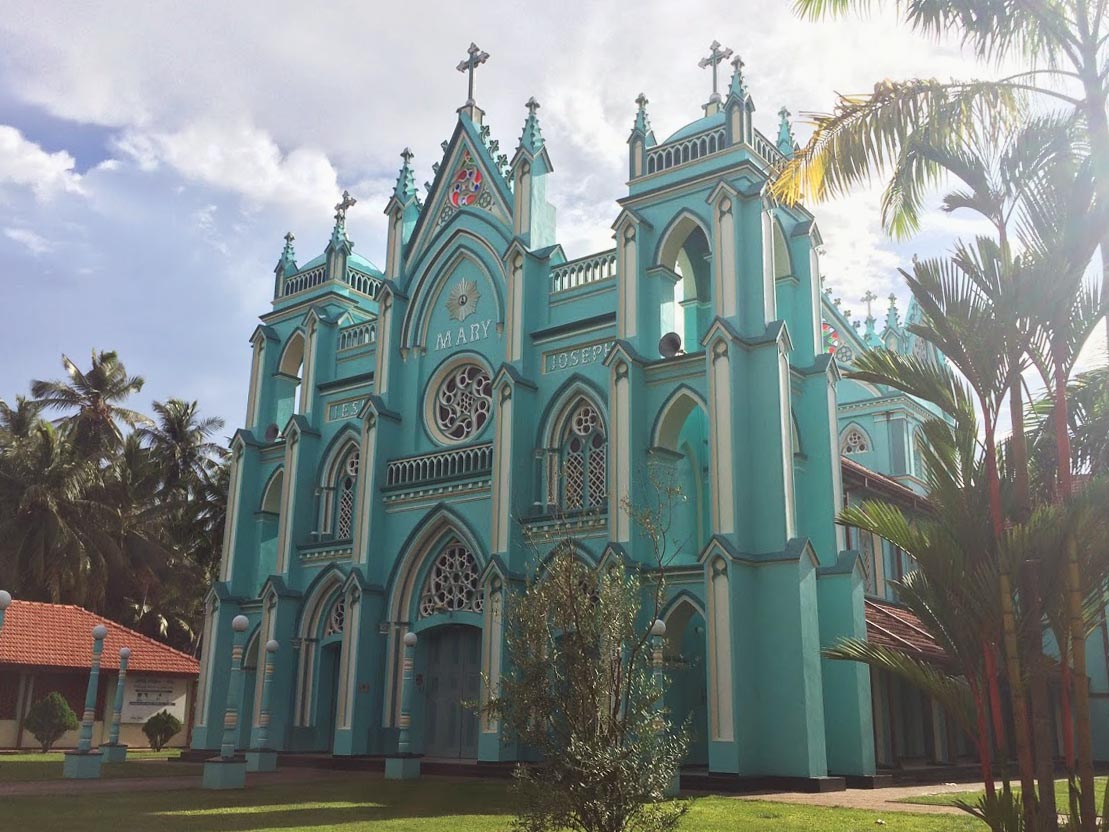
And do you know that the flag of Sri Lanka, also called the flag of the Lion, which was adopted in 1948, has four leaves of pipal which represent the leaves of the tree under which Buddha liked to meditate; it also wears the colors Muslim and Hindu minorities by its green and orange bands.
Also, Adam’s Peak, one of Sri Lanka’s highest peaks, is a unique place in the world where pilgrims of the four faiths meet every year between December and May. Indeed, Buddhists, Hindus, Muslims and Christians, all climb this mountain which rises to 2,243 meters.
Finally, perhaps all religions are found, besides the naturalist scientist Théodore Monod poetically said “The religious climb all one mountain, but by different paths. Everyone climbs one side of the mountain. In the end, they all reach the same summit and meet again. ”
If you want to discover the Sri Lankan culture and traditions, know that our agency, Mai Globe Travels, can create customized Sri Lanka tours that will meet all your desires!

